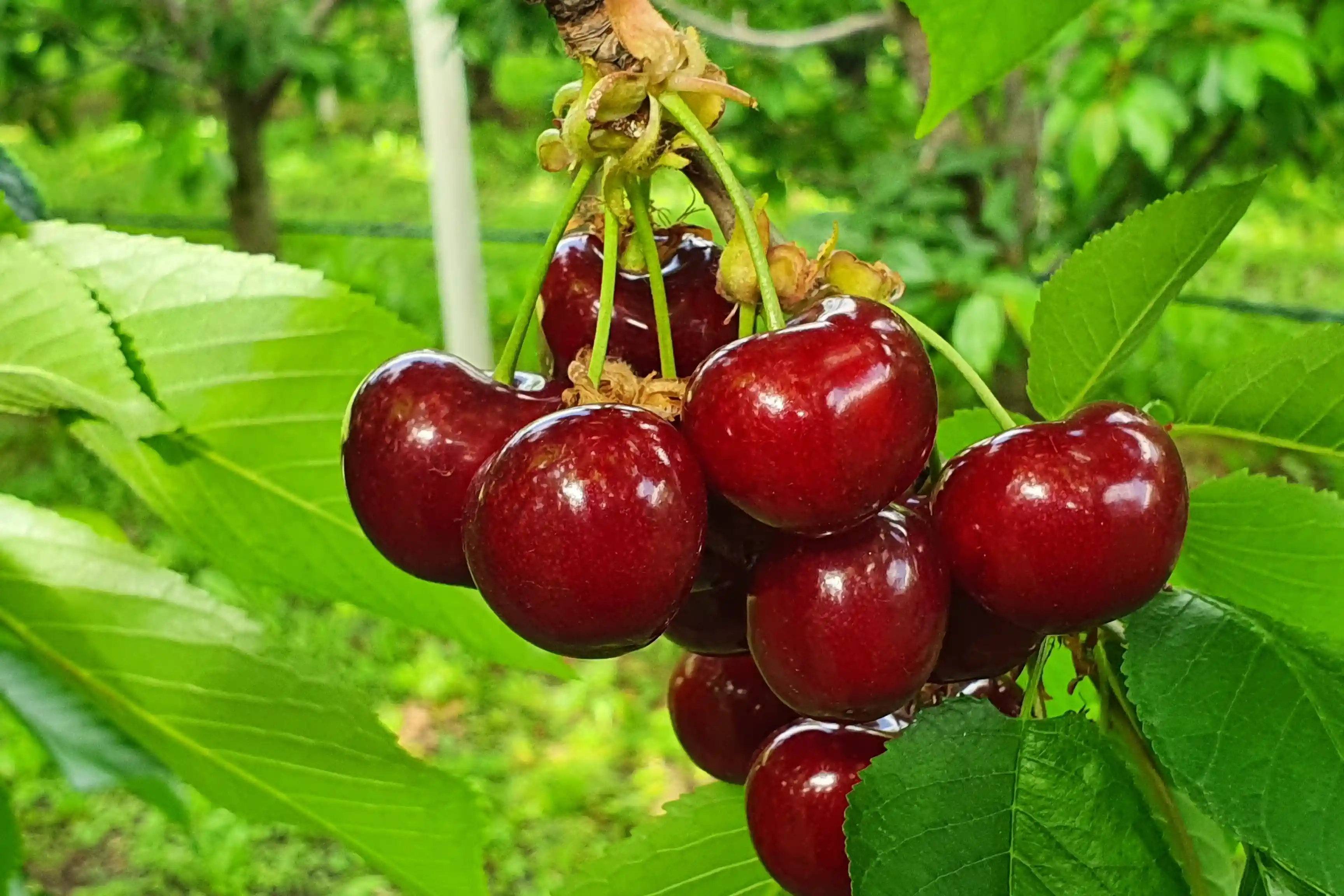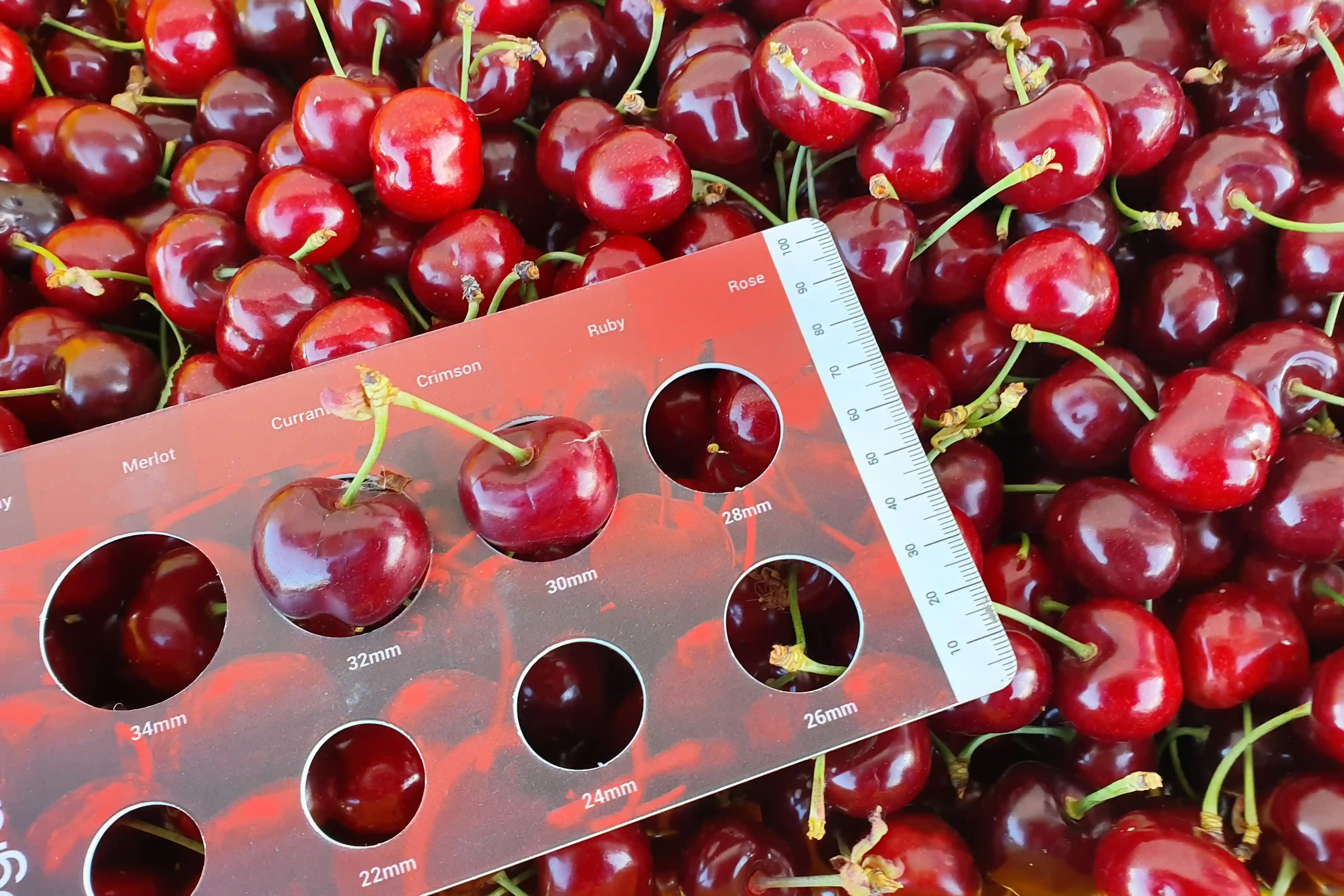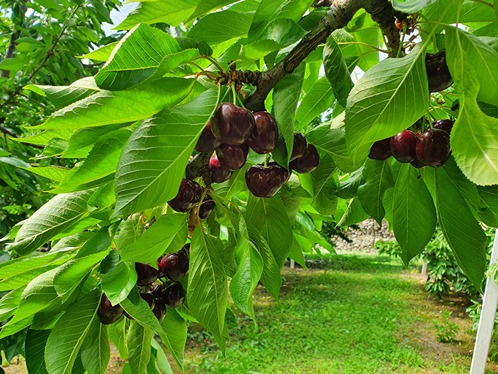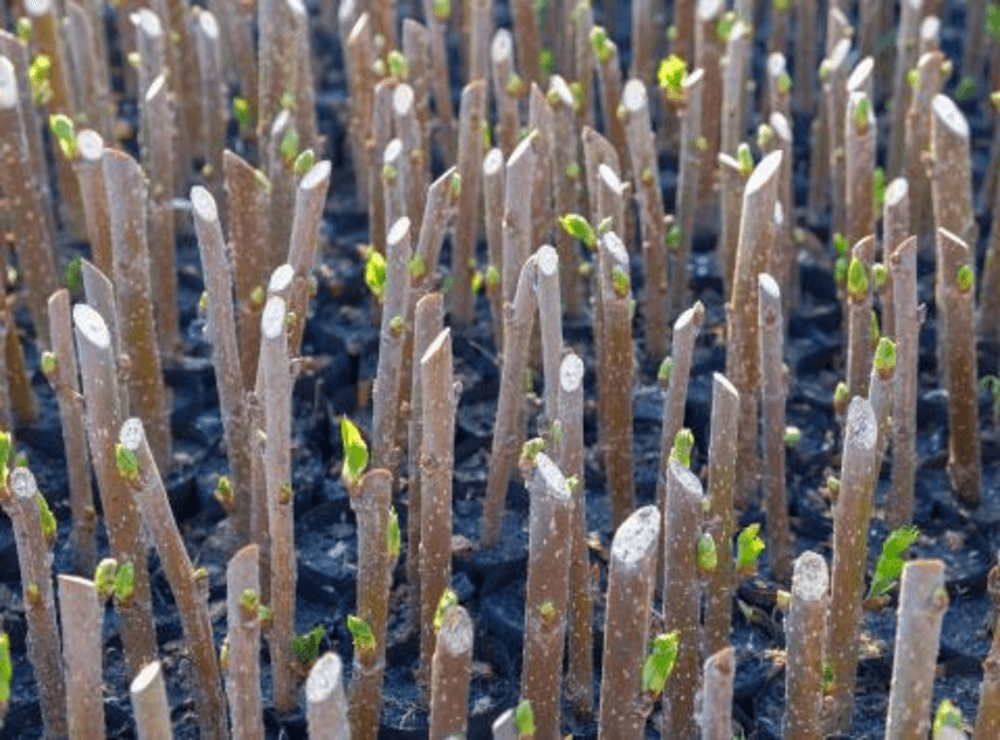2024 was a year of major triumphs for Chile, which exceeded all expectations with a record export of 625,000 tons of cherries. This marked a 50% increase compared to the previous two seasons and an 80% rise over the average of the last five years.
Despite this feat, the season had a bitter ending. Although the first few weeks started off positively and some markets responded favorably, things changed as the campaign progressed. Performance in the Chinese market, which accounts for over 90% of Chilean exports, fell short of expectations.
Prices were lower than in previous years, especially for varieties that did not meet the high standards of Chinese consumers. To make matters worse, an incident involving a ship led to the loss of 1,300 containers of fruit, further jeopardizing prospects for the Asian giant.
As a result, the campaign ended with lower-than-expected figures for China, reigniting the need to explore new markets.
The United States: a growing market

The United States is increasingly emerging as the second most important market for South American cherries. In 2024, the country received 24,000 tons of cherries, marking a 40% increase compared to the previous season.
Chile has worked to position the fruit as a winter delicacy in the U.S., focusing on major events such as Thanksgiving, Christmas, New Year's, Valentine’s Day, and the Super Bowl.
Not just during holidays, but even in off-peak times, promotional campaigns were aimed at boosting consumption through agreements with major retailers. A positive aspect of this market is the demand for medium-sized cherries, which are less appreciated in China—such as the Jumbo variety.
Moreover, the more flexible seasonality of the U.S. market, which is not tied to specific dates, offers greater leeway compared to the Chinese market.
Asia: new frontiers to explore

Asia (excluding the Middle East and China) received about 20,000 tons of South American cherries, plus an additional 5,000–7,000 tons from Australia and New Zealand.
This region, with a population of over 2.3 billion people, represents one of the most promising markets, thanks to the growth of the middle and upper classes and their increasing purchasing power.
Countries like India, Vietnam, Thailand, South Korea, and Taiwan are showing strong interest in premium food products, such as cherries, which are seen as a luxury and a special gift during holidays like the Lunar New Year.
Despite the competition, the prices paid are generally higher than in other markets, making Asia a region with enormous potential.
Europe: a niche market

Although not traditionally a major buyer of off-season cherries, Europe received about 6,600 tons of cherries from Chile and 1,900 tons from Argentina.
The majority of these went to the United Kingdom, followed by Spain, the Netherlands, and Germany. However, the European market is more complex: cherries are associated with the spring-summer season, and consumption drops significantly outside this window.
Additionally, competition with other fruits, such as berries, is leading to a slight decline in sales. This year, for the first time, there was an expansion of promotions in Germany, which usually focus solely on the Christmas week.
An attempt to extend the campaign and boost off-season demand.
Latin America: a nearby market with shorter distances
The geographic proximity and lower quality and packaging requirements make Latin American countries an ideal market for cherries that do not meet export standards for other continents.
In 2024, Chile exported around 9,400 tons of cherries to Latin America, with Brazil as the main destination (almost half), followed by Ecuador, Mexico, Argentina, and Bolivia.
Cherries are seen as a special fruit and are mainly consumed during the year-end holidays, with minimal sales in the months that follow. However, compared to more distant markets, prices are generally lower.
Conclusions
In conclusion, the 2024/25 cherry season saw remarkable success in terms of volume, but also highlighted the vulnerability of traditional markets.
The search for new trade routes has become a priority, as Chilean producers prepare to face the challenges of a constantly evolving market.
Source: topinfo.com
Image source: SL Fruit Service
Cherry Times – All rights reserved















